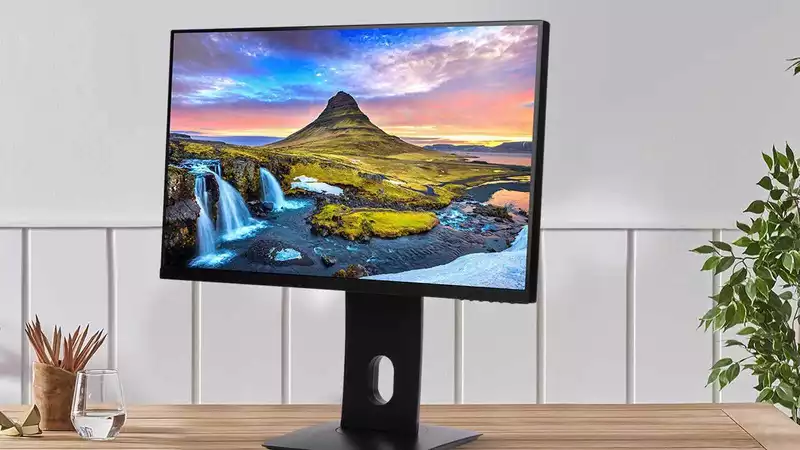Tom's Guide has confirmed that consumer electronics retailer Monoprice is working on a mini-LED Dark Matter branded gaming monitor, due out in early 2022
According to Chris Gallizzi, product manager at Monoprice, the display will be 27" diagonal and support 4K resolution at 3840 x 2160 It also boasts a 144 Hz refresh rate, HDMI 21 certification, USB-C compatibility, and 90 watts of power Regarding the mini-LEDs, Gallizzi said that designers are aiming for 576 zones, but that number could increase before the display is in production
Regarding pricing, the company was unable to confirm the price of the monitors, which will be available next year This is due to ongoing inconsistencies in the electronics supply chain that are causing price fluctuations However, Gallizzi confirmed that in Monoprice fashion, the team is aiming to undercut the competition from Acer, ASUS, and other top players in order to make the best gaming monitors [At the moment, a comparable monitor like the Acer X27 S costs $1,400 (when converted from Chinese yuan to US dollars) Other monitors, such as the recently announced AOC Agon Pro AG274QXM, cost £84999 in the UK and about $971 in the US This monitor does not compete with the Samsung Odyssey Neo G8, the world's first 4K 240Hz display, which was announced at CES 2022
As for display manufacturers, Galizzi could not reveal which companies will produce this new monitor However, the list is long and could include manufacturers such as Samsung, LG, TCL, BOE, Conka, and Hisense
A comparison of micro-LEDs and mini-LEDs explains that mini-LEDs are essentially ultra-small LEDs and can be packed more densely This means that a display can have hundreds of dimming zones More zones means that even more areas of the screen can be finely controlled and adjusted Whenever a portion of the screen needs to be black, those zones can be turned off completely, making the blacks jet black and the contrast much higher In many ways it is similar to OLEDs
However, the main difference between OLEDs and mini-LEDs is brightness; LEDs can be much brighter than OLEDs, meaning that HDR performance can be dramatically improved [13] [14] If Monoprice can come out with a competitive mini-LED gaming monitor for under $1,000, it could add strong competition to this niche category However, with Apple's use of mini-LEDs in its latest iPad Pro and MacBook Pro, the ubiquity of this technology will only increase










Comments